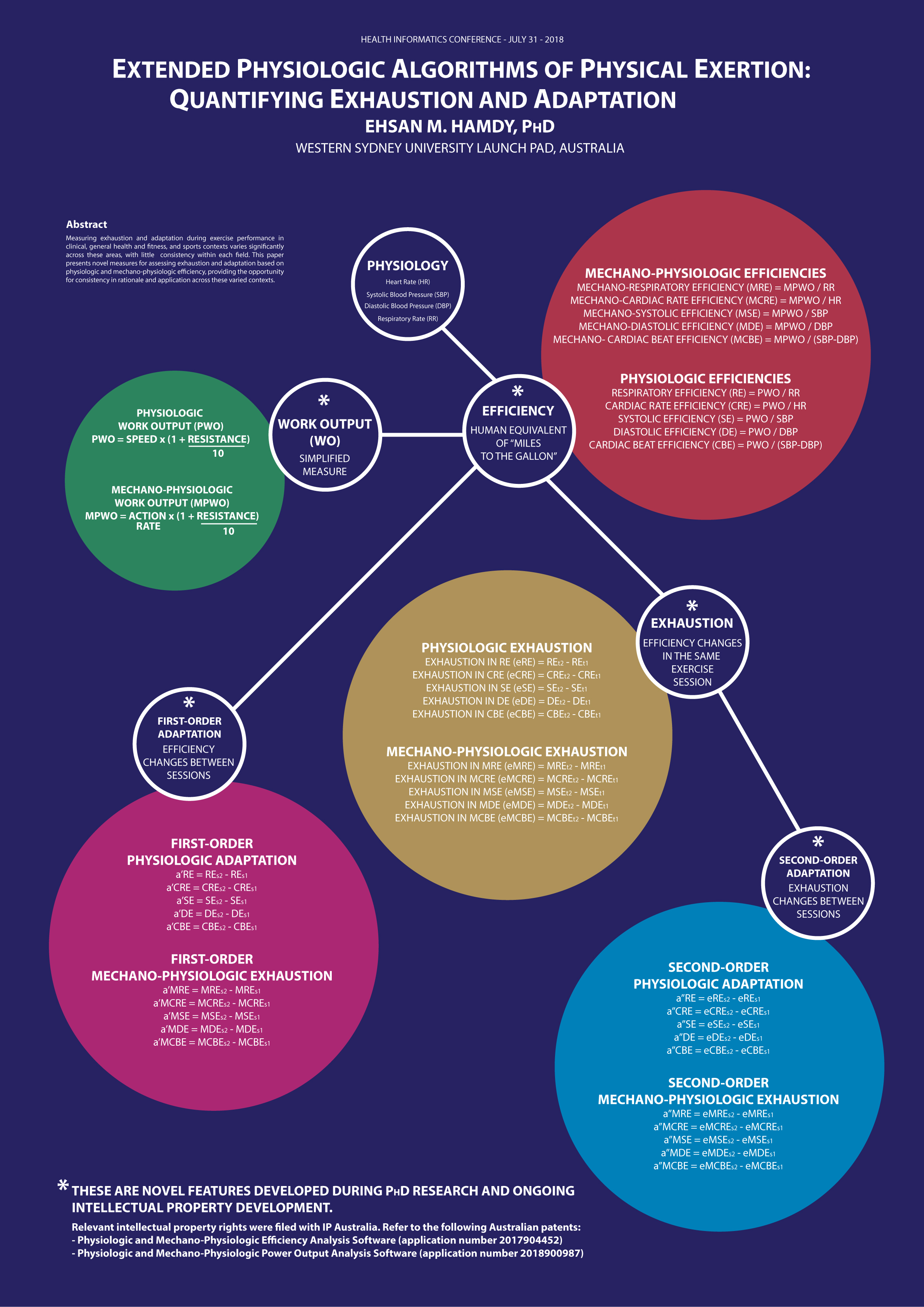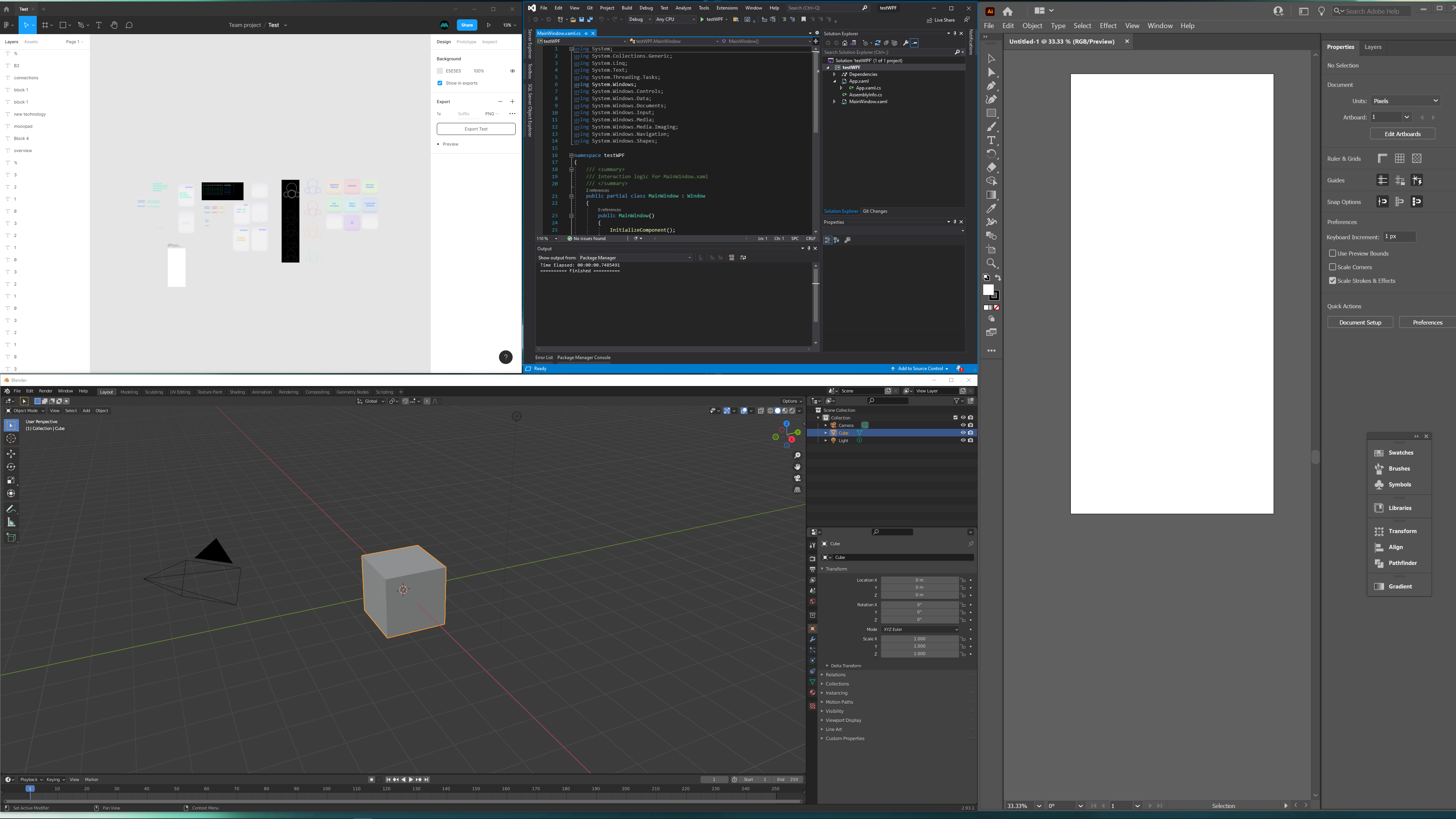Theme VIbes 😎
I promise to explain today's theme a little later.
For now though, I hope you enjoy this next track I'm listening to as I write this post for you guys.
So... what is exhaustion?

Pre-PAPE Definitions
When I first started studying exercise science and physiology, the concept of exhaustion was only really defined by subjective scales like the Rate of Perceived Exertion (RPE) in a range of different flavours, based on the rating of the person exercising of how tired/exhausted they felt. Now don't get me wrong... measures like these are still useful. But there is a difference with the PAPE framework.
Calculating exhaustion RATES using PAPE algorithms actually provides an objective rate of change in efficiencies (measures which themselves had not previously been used). OK, but what do I mean by a rate? The concept of RPE also had the word rate in it's name, so why are they different?
In PAPE, exhaustion is defined as the change in a single or set of efficiencies with time during a single exercise session. This means that rather than relying on a subjective indication from the person exercising of how exhausted they feel, we can actually measure efficiency changes and this gives us a true rate of change, in objective terms, with time.
Physiologic Exhaustion Algorithms
If you look at the top of the gold circle in the figure above (yes the same figure as always... handy, huh?), you'll notice that there are a set of five equations under the heading Physiologic Exhaustion. These algorithms define exhaustion in physiologic efficiencies based on changes in these measures between two points in time (within the same training/exercise/testing session). Furthermore, there is one equation for each of respiratory, cardiac rate, cardiac beat, systolic and diastolic efficiencies. This is because PAPE looks at exhaustion as changes in a set of parameters, rather than one single, ultimate measure. And that is another important difference between previous methods and the PAPE framework.
Mechano-Physiologic Exhaustion Algorithms
Remember when we looked at the concept of efficiencies last time? If you missed it, feel free to go back and review it at your convenience. What we saw (refer to the upper red circle in the figure) was that we used specific physiologic measures to relate to work output in determining physiologic efficiencies, and then used mechano-physiologic work output (funnily enough 🙂 ) for the mechano-physiologic efficiencies. Again, work outputs were already explained in a previous post. So these mechano-physiologic exhaustion equations are similar, but tell us the rates of exhaustion in terms of the actual movement (e.g. steps) per minute rather than movement speed (e.g. meters per minute).
Next Up
Coincidentally, the concept of exhaustion during coding last night at 2:45 in the morning led to a very silly mistake which I couldn't see until a little earlier when I looked at it with fresh eyes. I'll tell you all about it later on. For now though, I'm going to reward myself for a good result with the coding earlier by spending some time on creative things.
Stay awesome,
EMH

